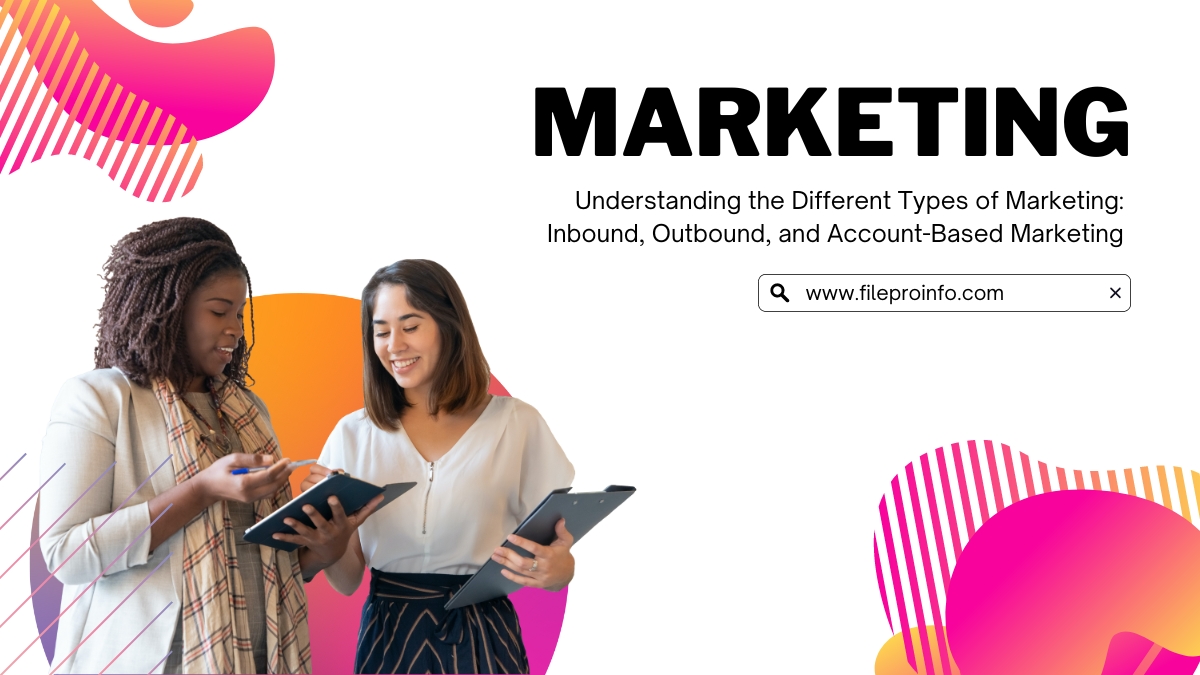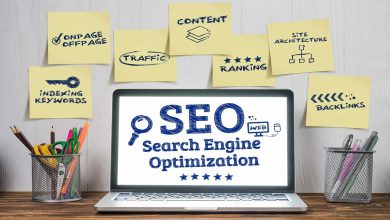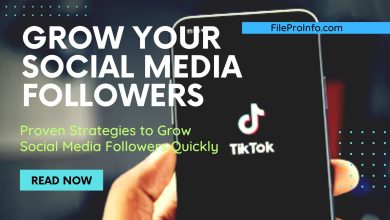
Marketing is an essential aspect of every business. It helps to create awareness, generate leads, and convert them into customers. In recent years, there has been a significant shift in the way businesses approach marketing. Traditional outbound marketing is giving way to newer techniques such as inbound marketing and account-based marketing. In this post, we will discuss the three types of marketing, their differences, and when to use them.
1. Inbound Marketing
Inbound marketing is a customer-centric approach that focuses on creating valuable content that attracts and engages prospects. This type of marketing relies heavily on search engine optimization, content marketing, and social media to reach a wider audience. By providing helpful information and resources to customers, businesses can build relationships with them and create more meaningful interactions.
This method of marketing allows businesses to generate leads by providing helpful content such as blog posts, videos, infographics, ebooks, etc., which are tailored according to the needs of the target audience. Through this process of creating engaging content, businesses can build trust with their customers while driving higher sales conversions in the long run. Additionally, inbound marketing also helps companies stay ahead of their competitors by continuously delivering fresh content and gaining insights from analytics data provided by platforms like Google Analytics.
Pros:
- Target potential customers who are already interested in your product or service.
- Builds trust and credibility with prospects.
- Generates organic traffic to your website.
Cons:
- Takes time to build a strong online presence and attract organic traffic.
- It can be difficult to measure the return on investment (ROI) of inbound marketing.
When to use:
- Inbound marketing is ideal for businesses that offer complex products or services that require a significant amount of research by the prospect.
- When your target audience is active online and searches for information related to your product or service.
2. Outbound Marketing
Outbound marketing is a tried and true form of promotion that has been used for centuries. It involves using various forms of communication such as television, radio, print media, billboards, and more to reach a large audience with your message. Outbound marketing strategies can range from simple to complex depending on the nature of the business or product being promoted.
At its core, outbound marketing focuses on creating content that resonates with potential customers to drive sales and brand awareness. This type of approach requires an understanding of target markets to ensure that the right message is presented at the right time to achieve desired outcomes. Companies may also employ different tactics such as email campaigns, pay-per-click advertising, or direct mail to further widen their reach and increase engagement levels with potential customers.
Pros:
- Can quickly generate leads and sales.
- Can target a large audience.
Cons:
- Interrupts the prospect’s daily routine and can be seen as annoying or intrusive.
- The conversion rate is generally low compared to inbound marketing.
When to use:
- Outbound marketing is ideal for businesses that have a short sales cycle or are launching a new product or service.
- When your target audience is not active online.
3. Account-Based Marketing
ABM is increasing in popularity as a way to drive more ROI from B2B marketing efforts. This type of marketing involves taking a personalized approach to engaging with potential customers and tailoring it specifically for each account. Account-based marketing focuses on providing an individualized experience for high-value accounts, which leads to more conversions, increased revenue, and better customer relationships.
The main advantage of ABM over traditional marketing techniques is its focus on the account rather than solely targeting groups of buyers. It allows marketers to tailor their messaging based on the size and needs of the account, leading to greater success in converting potential customers into paying ones. Marketers can also build longer-term relationships with accounts through ABM, as they gain a better understanding of their needs and preferences over time.
Pros:
- Highly effective at generating leads and sales from high-value accounts.
- Builds strong relationships with target accounts.
Cons:
- Can be time-consuming and expensive to create personalized campaigns for each account.
- Limited reach compared to inbound or outbound marketing.
When to use:
- ABM is ideal for businesses that sell high-value products or services to a limited number of accounts.
- When the business wants to focus its resources on accounts that have a high revenue potential.
Conclusion
Choosing the right type of marketing for your business depends on several factors, including your target audience, the type of product or service you offer, and your marketing goals. Inbound marketing is ideal for building relationships and generating organic traffic, outbound marketing is effective at reaching a large audience quickly, and account-based marketing is highly targeted and effective for high-value accounts. By understanding the different types of marketing, you can choose the one that best suits your business needs.




